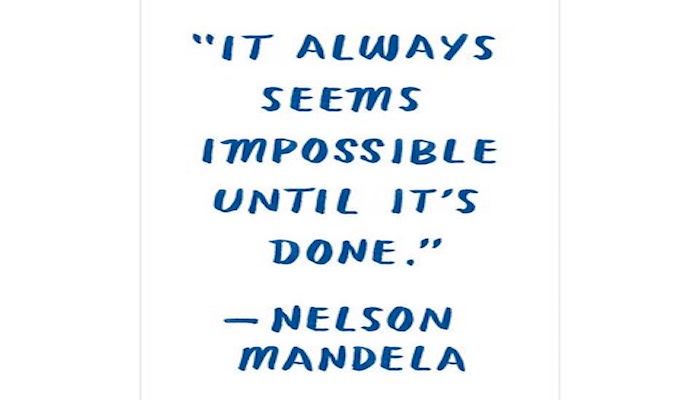Promoting Healthy Lifestyles at Workplaces (Published in The Guardian of 16/5/2017)
Your company depends on a healthy workforce to be productive and sustainable. To ensure that your team stays healthy, it is essential to promote a culture that emphasizes prevention and wellness. What are your strategies to empower your team members to take charge of their own health? Executives need to look at themselves as role models for their companies. The









